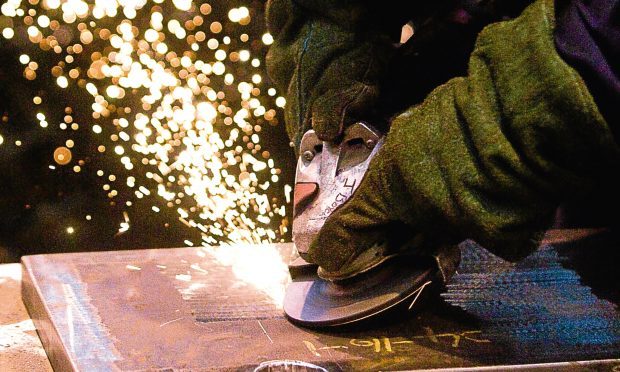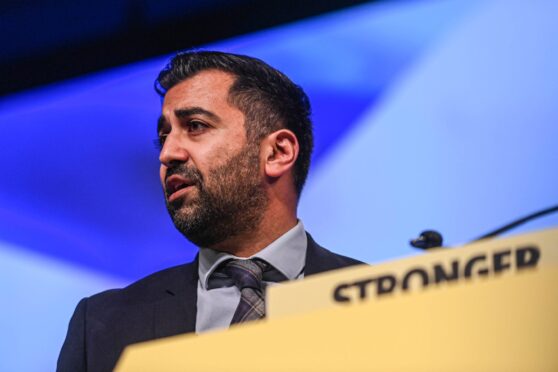Economic growth remains sluggish in Scotland as businesses brace themselves for the impact of tax hikes.
Nearly 900,000 workers north of the border will pay more in income tax than their English counterparts from Friday, with the council levy also going up.
The squeeze on household finances comes as official figures published on Wednesday revealed the Scottish economy grew by 0.3% in the last three months of 2017.
In Scotland, GDP increased by 0.8% in 2017 on the previous year, with the UK economy as a whole growing by 1.8% over the same period.
Scottish Secretary David Mundell welcomed the “good news” of continued growth, but said it is “increasingly concerning that a significant gap persists between Scotland’s economy and the rest of the UK”.
Warning of the impact of taking money from people’s pay packets, the UK minister added: “By making Scotland the highest taxed part of the UK, the Scottish Government risks damaging, rather than growing, our economy.”
The burden on the Scottish income taxpayer increases by £219m in 2018/19 as a result of the changes coming into force on Friday.
It means anyone earning above £33,000 will see more of their wages taken by the taxman.
Ewan MacDonald-Russell, from the Scottish Retail Consortium, said the growth of the retail industry in 2017 is positive, but warned the wider economic performance and upcoming tax increases are major concerns.
“It’s crucial government keeps ordinary families in mind as they contemplate further public policy choices which could impact on household spending,” he added.
Dr Stuart McIntyre, from the Fraser of Allander Institute, said the construction slowdown was “largely responsible for dragging headline growth down”.
Amid concerning “weak” overall growth, there was encouraging performance in sectors such as accommodation, food and pharmaceuticals, Dr McIntyre added.
John McLaren, the Glasgow economist, said Scotland’s GDP performance “continues to disappoint”.
“Despite initiatives like the new Scottish Investment Bank, current Scottish Government policies seem unlikely to do much to remedy this,” he said.
Scottish Liberal Democrats’ econonmy spokeswoman Carolyn Caddick said: “People will be disappointed that for all their speeches SNP ministers have not been able to keep pace with the growth in the rest of the UK.
“UK growth itself is pretty pathetic.”
Jamie Hepburn, the SNP minister for employability and training, said with four consecutive quarters of positive growth in 2017 the Scottish economy “continues to show strength”.
“These figures are welcome, but we are determined to do more to grow our economy and protect Scotland from the headwinds of Brexit,” he said.
“The Scottish Government is investing a record £2.4bn in enterprise and skills, £4bn in new infrastructure and £600bnin broadband, to ensure every home or business premise in Scotland has access to superfast broadband and that we can secure the benefits of the digital economy – a commitment unmatched across the UK.”










